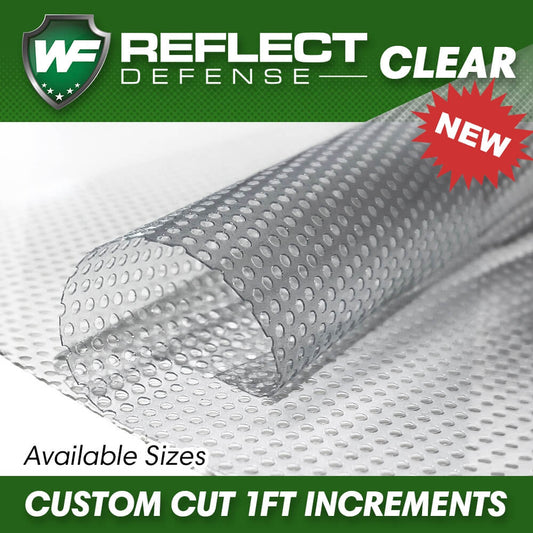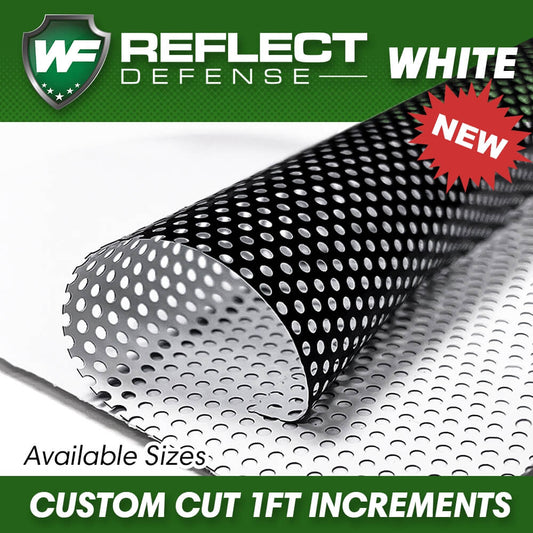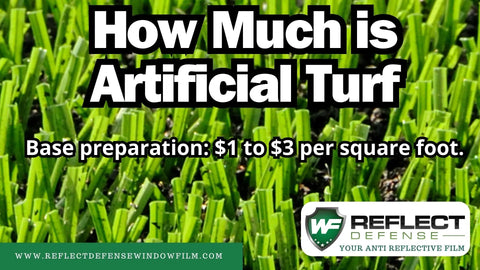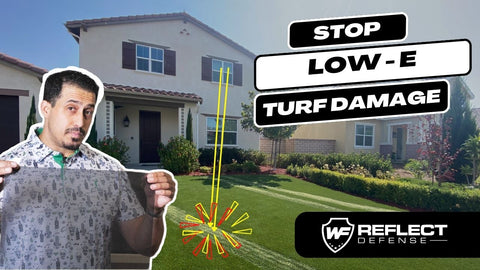The Appeal and Cost Factors of Artificial Turf
Artificial turf has become a popular choice among homeowners for its low-maintenance appeal, aesthetic beauty, and the fact that it remains green all year round. However, the cost of installing artificial turf can vary greatly depending on various factors. This blog aims to provide a comprehensive guide on the varying costs of artificial turf, helping you to budget effectively for your desired lawn.
See Table Below For Cost of Turf Installation
|
Cost Factor |
Cost Range Per Square Foot |
Level of Importance |
|---|---|---|
|
Quality of the Turf |
$2 to $12+ |
High |
|
Base Preparation |
$1 to $3 |
High |
|
Subbase Materials |
$0.50 to $1.50 |
High |
|
Seaming and Edging |
$0.10 to $3 per foot |
Medium |
|
Infill Material |
$0.50 to $2 |
Medium |
|
Site Accessibility |
Varies |
Medium |
|
Permit Fees |
Varies |
Low to Medium |
|
Irrigation System Modifications |
Varies |
Low to Medium |
|
Unexpected Site Challenges |
Varies |
Low to Medium |
|
Warranties and Maintenance Plans |
Varies |
Low to Medium |
|
Note: The costs for seaming and edging are per foot, while all other costs are per square foot. The level of importance is based on the impact each factor has on the overall cost and the necessity of the factor for a successful artificial turf installation. |
||
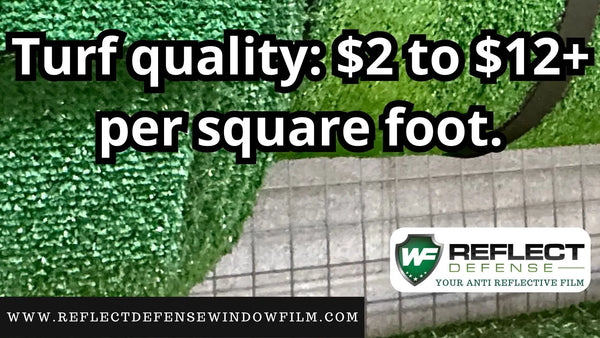
The Quality of the Turf is a Big Factor in the Total Cost
One of the primary factors that influence the cost of artificial turf is the quality of the turf itself. The cost of the turf can range from $2 to $12+ per square foot, depending on the quality and brand you choose. High-quality turf often comes with a higher price tag but offers the advantage of longevity and a more natural look, according to HomeDepot.
Base Preparation Cost
The base preparation is another key factor that can affect the cost. This involves the removal of the existing lawn and leveling of the ground, which can cost between $1 to $3 per square foot. This is an essential step in ensuring a smooth and even surface for the turf installation.

Subbase Materials Cost Per Sq ft
In addition to this, the subbase materials, which provide a solid foundation for the turf, can cost anywhere between $0.50 to $1.50 per square foot. These materials, often comprised of crushed stone or sand, provide necessary drainage and stability to the turf.

Seaming and Edging Per ft Cost
The process of seaming and edging the turf, which gives your lawn a neat and finished appearance, will cost approximately $0.10 to $3 per foot. This cost largely depends on the intricacy of the lawn's design and the specific installation method used.
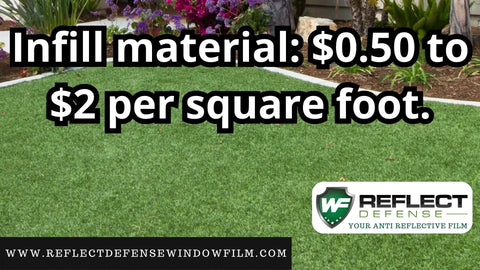
Infill Material Cost Per Sq ft
Infill material, which is spread between the grass blades to provide additional stability and resilience, can cost between $0.50 to $2 per square foot. The type of infill material can also affect the feel and appearance of the turf.
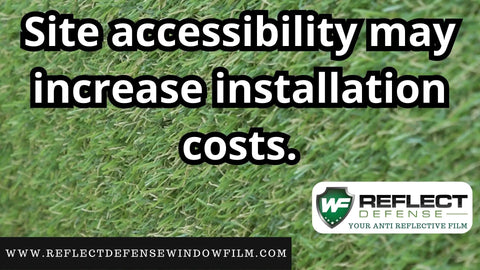
Other Cost-Influencing Factors for Turf Installation
There are also several other factors that may increase the installation costs. For instance, site accessibility can play a significant role in determining the cost. If the site is difficult to access, the cost of installation could increase due to the additional labor required.
Permit fees can also affect the overall cost of installing artificial turf. These fees can vary greatly by location, so it is essential to check with local authorities to get an accurate estimate.
If your lawn has an existing irrigation system, modifications may be required to accommodate the artificial turf. These modifications can add to the total cost.
It's also important to consider the potential for unexpected site challenges, such as rocks, tree roots, or poor soil quality. These challenges can lead to increased costs and delays in the installation process.
Lastly, warranties and maintenance plans can increase the initial cost. However, these plans often provide financial protection against potential issues down the line and can therefore be a worthwhile investment.

The Bottom Line Cost for Turf Install
In conclusion, while the cost of installing artificial turf can vary greatly depending on various factors, it's an investment that pays off in the long run with reduced maintenance costs and a beautiful, evergreen lawn.
Potential Turf Melting Issues Due to Low-E Window Reflections
It's important to be aware of the potential issue of turf melting caused by Low-E window reflections. Low-E windows are designed to reflect heat, which can sometimes concentrate sunlight onto artificial turf, causing it to melt or deteriorate prematurely. This happens when the sun's rays hit the window at a specific angle, creating a focused beam of light that can reach temperatures high enough to damage the turf.
To prevent this issue, homeowners can consider installing Reflect Defense Window Film on their Low-E windows. This film helps to diffuse the concentrated light, reducing the risk of turf melting while still maintaining the energy-saving benefits of Low-E windows. By addressing this potential problem early on, you can protect your investment in artificial turf and ensure that it remains in excellent condition for years to come. This is a DIY installation see installation instructions here. If you want to see how the film looks check out the gallery.
This blog is brought to you by Reflect Defense Window Film, your trusted source for high-quality anti-reflective film. Our products not only help reduce glare and heat but also add an extra layer of privacy to your home. Visit our website to learn more about our offerings.




